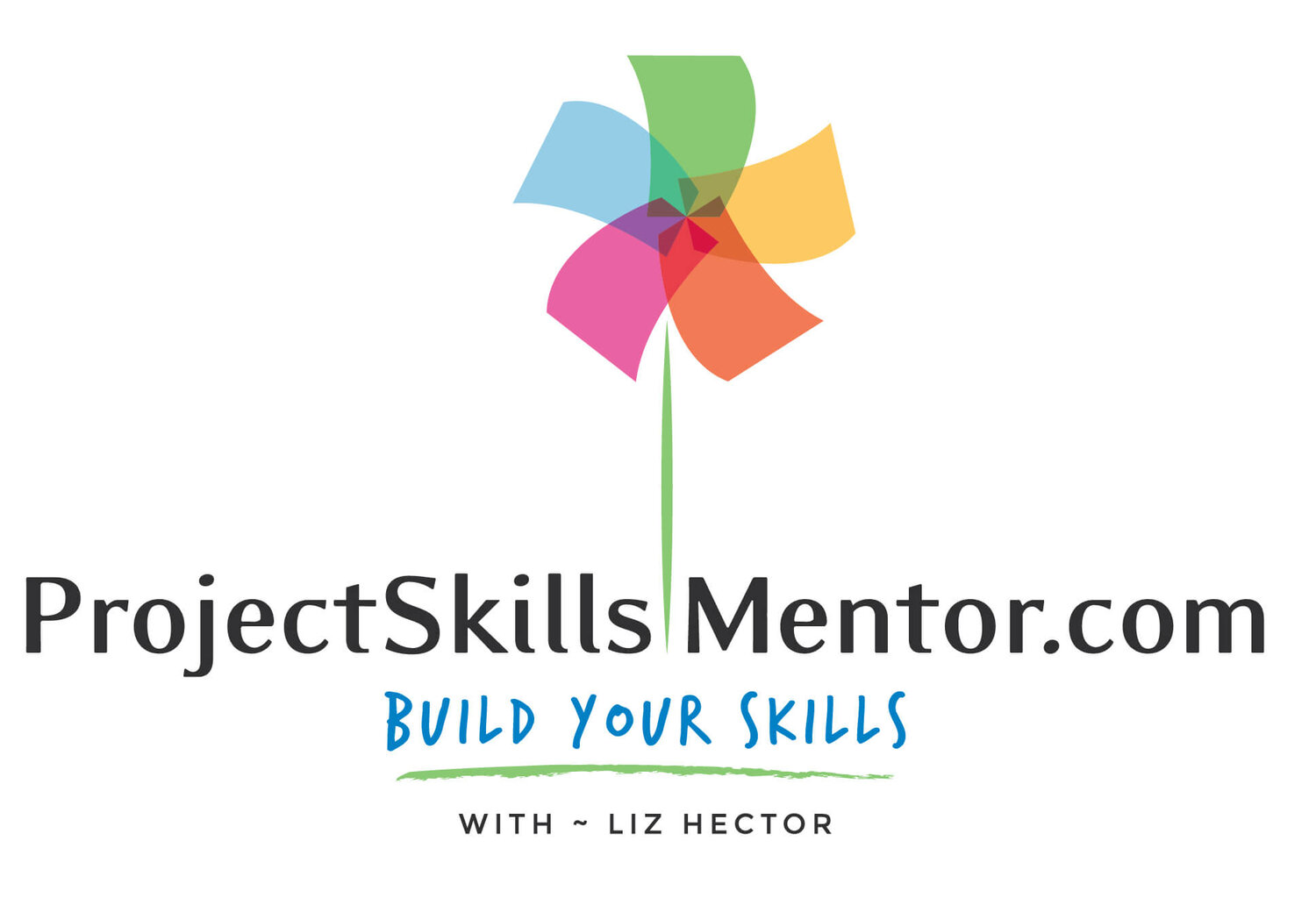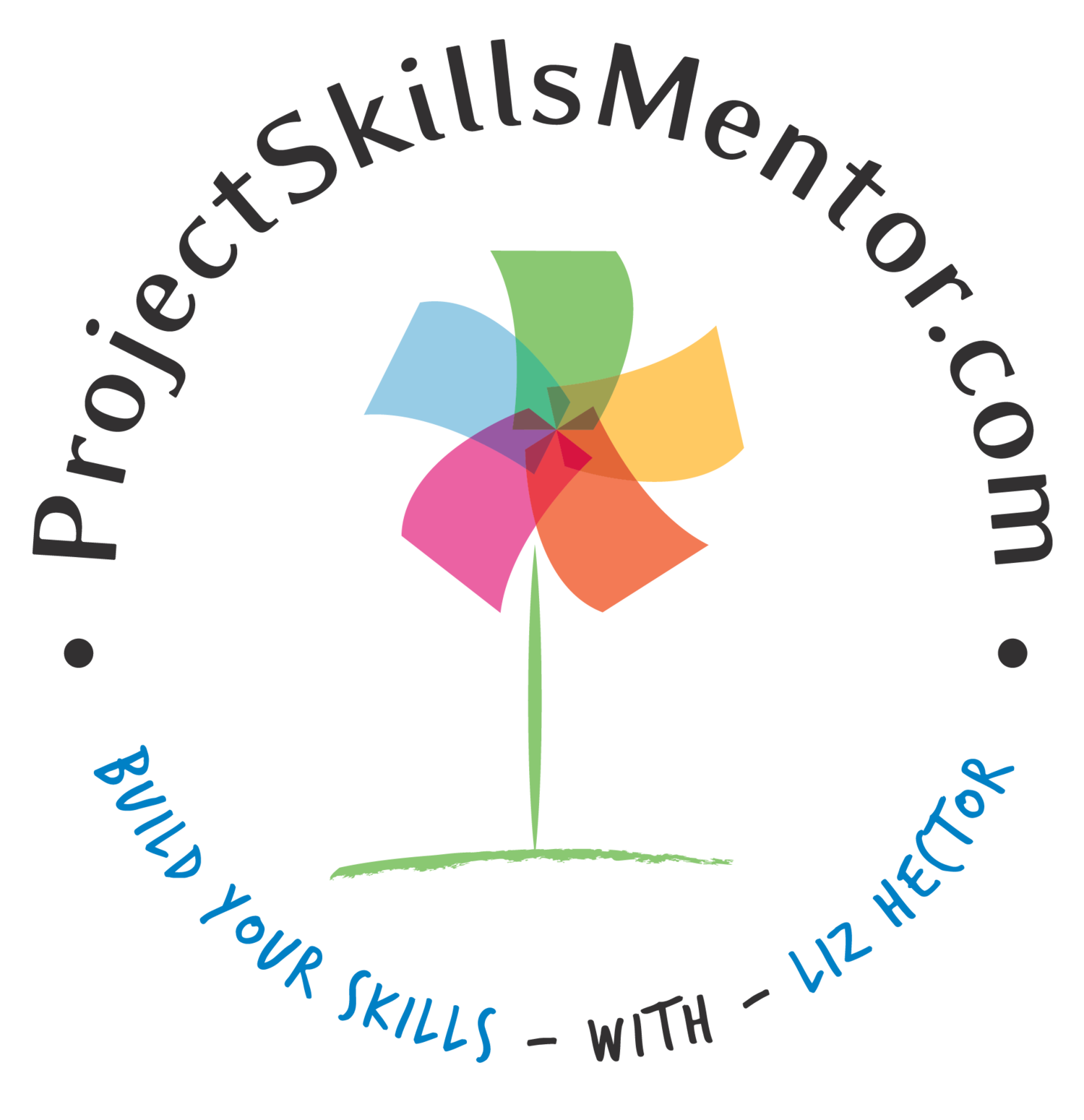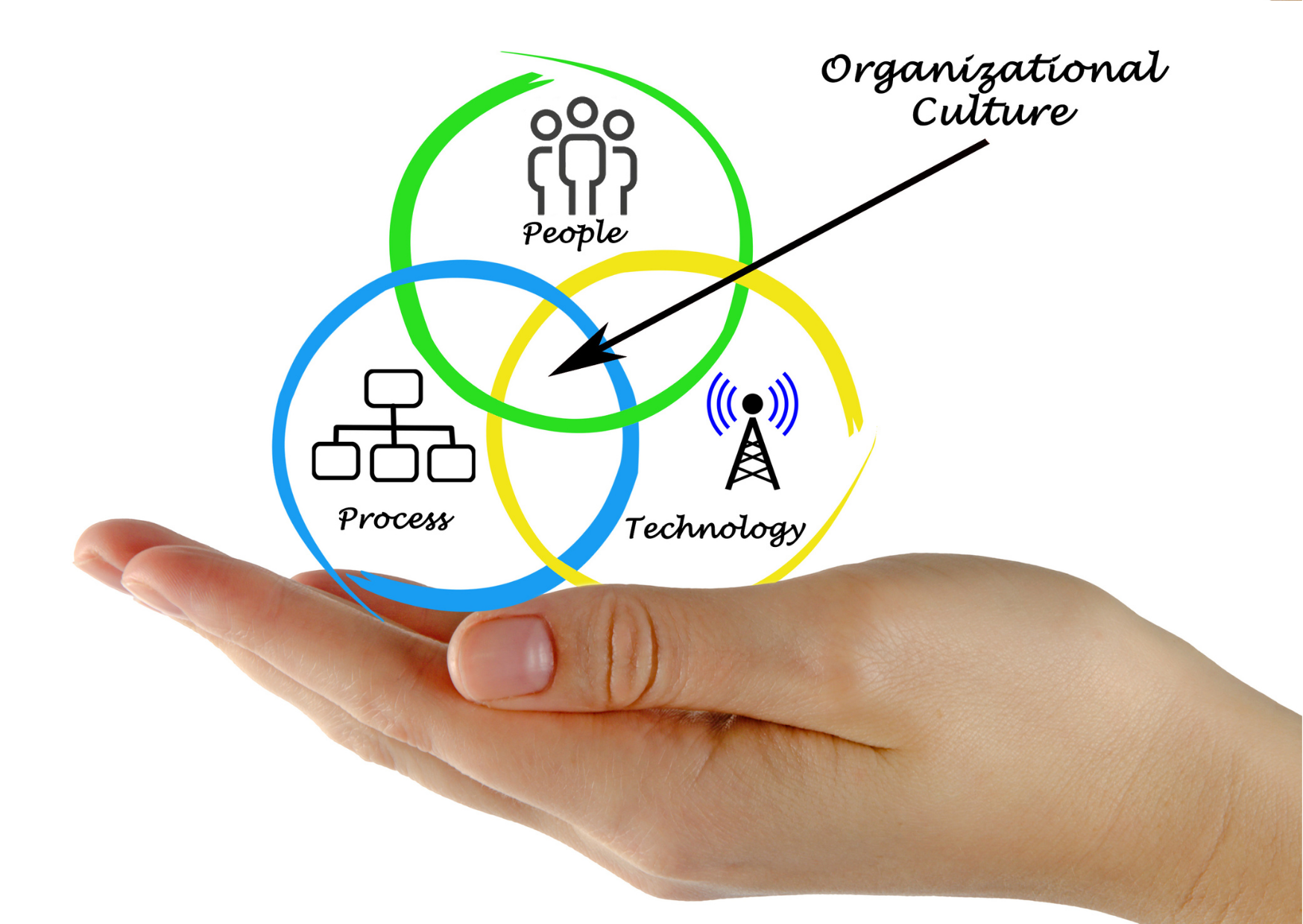Why Organizational Change is important to your Project
Your Project will likely produce a product, process, or solution. However, underscoring these outcomes is the opportunity for transformational organizational change.
Projects that include Organizational Change are more likely to increase the value of the final result. New products and solutions impact the company, department, or the related team. Aligning roles, responsibilities, and ways of working can create an end-to-end sustainable solution.
How to implement Organizational Change for
People
Process
Technology
What is Organization Change?
“Organizational change refers to how a company or business alters a major component of its organization, such as its culture, the underlying technologies or infrastructure it uses to operate, or its internal processes. Organizational change management is the method of leveraging change to bring about a successful resolution, and it typically includes three major phases: Preparation, implementation, and follow-through.”
Organizational Culture is more than the sum of it’s parts
The connection between people, process and technology is well know. These three elements make up most of any kind of business structure. The culture, policies and leadership of any company will impact how each of these areas work together or fail to do so.
Projects impact one or all three of these areas, making for a challenging situation for the project and the organization. Leadership that understands the power of organizational culture and change will be able to manage projects and their results more effectively.
Organizational Change examples
New company policies to align with the conceptual framework of the new solution.
New Roles for the teams in the solution eco-system.
New business processes to align to the roles and procedures to get the most from the new solution to increase the results the Project will deliver.
How to build organizational change into your Project?
The Importance of understanding the impact your Project has the the Organization
Change happens continuously. However, change is not always controllable or managed. When this happens your Project may be at risk. Take steps to develop your organizational change management strategy to mitigate these risks.
6 Practical Steps to a Framework for Change
Engage your team in a Culture Change. A holistic approach requires a change in the project team’s mind-set. Focusing on a narrow outcome is different than building an end-to-end approach. Let your project be the change you want to see. Let the team work on how they want to mirror the more integrated approach in how they work as a team. Need inspiration? See my blog on Culture Change here.
Include a Change Manager. A change manager can provide your team with a strategy to match the solution and expand the brief to include the operational changes that the company needs to embed as part of the solution.
Connect communications to the change strategy. Team your Change Manager up with your Communications lead to ensure that you create a communications campaign that shares the transformation's “why”, “what”, and “how”. Be sure to include the benefits and value statement for the audience of your message.
Make your message count. Messaging should be targeted and concise. Don't spam people, but do consider a multi-platform strategy. Video, newsletters, and banners or cards can help spread the message over time. Start with the basics and build out your message as the Project gets closer to delivery and details can be shared.
Change the way the functional and technical teams work. As you design your personas, process flows, and use cases, assess how the users' can benefit from improvements. Be sure to include the users when making this assessment. Assess the changes to the technology to make the new solution easy to adopt.
Workshop ideas with the end users. Changing the way the team works together includes the extended team - users and even customers. Workshop the current state to understand the issues, then design and ‘walk through’ a transformed future state. Role play the end-end solution to test the new way of working. Remember, the current users and stakeholders may want change, but the status quo is powerful, and will take work to overcome. Transformation will begin with their mind-set, through the ideas you build together. This can help the extended team see the changes and confirm they work on paper before starting design and build effort. If you are new to Workshops see my article and downloadable which takes you through the entire process. Click here to access it.
You cannot jump into redesign before stepping back and understanding the current state
Take time to understand the current state before moving on to the future state. Involve your stakeholders, but more importantly, involve key users who will need to make the change and team members who will need to help to implement the change within organization.
Who does what today?
How does work get done?
What input, data, and throughput create what output?
What does success look like today (best case scenario)?
Create that end-to-end story as a storyboard graphic? Document what works well, roles that make sense, and data that is valuable.
What does failure look like today?
(document worst case scenario when things go wrong)
What does the current way of working cost?
After reviewing these questions. Make note of the current time, effort or expense documented. With future state planning, your goal is to turn the negative statements into solutions. With that done, see if you have created a positive impact to the business ROI, sustainability or Customer Satisfaction. Have you created any unintended outcomes?
When you are statisfied with this review document the Personas and Current State defined along with solution statements to correct errors, it's time to create a new picture of the future.
HBR has also posted a new article on the Emotional side of Organizational Transformation. As we learn to embrace being human at work (something I discuss in several blogs), we start to wonder what we can do to take the emotional side of transformation into account. HBR gives 3 key points worth mentioning that are not addressed above.
Know what will work and what can fail. Knowing why things fail takes some honest assessment. There may be good reasons for change efforts to fail (poorly designed or executed). Set your change up for success by reviewing the steps above to improve the chances of success.
Lead with emotion. Understand we are humans with our own set of beliefs. This includes biases for the ways things have been done, and fear of the future.
Develop the purposeful vision. No one wants to ‘change for change sake’. There is too much work involved. There must be a compelling reason. Find it and find a great what to share that purpose with others in an engaging way.
And if you’d like to read that HRB article you’ll find it here.
Organizational Change is hard, so do your homework
Of course, you want to keep what is working and change what is not, but be mindful that a fresh look also requires rethinking and streamlining where possible. Adding new processes makes old processes redundant, even if they work today. So consider every step.
Role Play to test Organizational Change
Test the ideal new situation by playing it out if you create new policies, processes, and systems for the team. Have a bit of fun. Mock the new way of working and then read out the step-by-step actions as a play. Have the 'actors' play their roles and follow the work. If there are customer-facing roles or other teams involved, have someone also play these roles. This way, you will get an end-to-end assessment of how things work.
It can help to do a first pass where things work well. Then the 'director' can add issues or problems in a second round to consider how the new solution adapts to corrective measures and, in some cases, heroic solutions to ensure the right outcome. Remember, no end-to-end system is perfect. So making arrangements for needed step-out actions is important. Especially if the solution is client-facing. You generally don't want solutions to be so strict that they cannot accommodate logical decisions to be made by the right members of the team. So look for areas where roles can be expanded to improve the outcome and allow staff to make decisions that benefit the organization in the long term. If needed, checks and balances can be added to exceptions to ensure quality and constraints are adhered to.
When it comes to the moment of change, one size does not fit all. Project Managers will need to work with their teams to figure out how to describe change and make it as low change threshold as possible. Ensure the change is beneficial to those who need it, and those who are most impacted by it. New roles and challenges should be clear to address concerns and see the change as an opportunity.
Change is also not a-one-and-done. Change takes time and should be treated as continuous. Build reviews into the change process to ensure that the change is adopted by those who need to implement it. Also, make sure that the change is adapted where design components don't work. Continuing to push a solution that does not work is failure. So put a change agent in place to continue to ask users how things are going and find out if there are issues that need re-solutioning.
Celebrate the change - when you are ready to kick off, think of fun and exciting things you can do based on the culture of the country, company, or team. When possible, allow users to showcase aspects of the new way of working, let the staff shine. In other situations a party with recognition of key players may be just the thing to kick off the new reality with a bang. Either way, choose something to acknowledge the change and embrace it.
A case study: Creating Change Agents on-the-job
I once had an Accounts Payable department that was not meeting the company's supplier payment objectives. At a breakfast meeting, I asked the team to consider themselves a new outsourced team that could design new roles, processes, and ways of working. Their new customer was the supplier they needed to pay, and the goal was 100% on-time payment. The rest of their way of working, roles, and procedures could be adjusted as long as they met the required accounting rules.
The team organized themselves into a company with a President and board, elected by the team members. The Board met once a month and reviewed issues to be resolved, and celebrated the “company” success. They also tracked their key metric: 100% on-time payment. The team completely turned around results within a few months. The outcome? Engaged employees who felt empowered in the process and outcome, and happier suppliers.
This case study is real. It shows that your Project can also be the change itself. And the concept does not have to be complex or big. It can be as simple as giving people the chance to imagine a better way of working and own it.
What do you think? Is your Project ready to include Organizational Change as part of your outcome? Please let me know in the comments below what you did and how it went. Or ask a question - I would love to start a conversation and give you ideas to help your specific situation.








